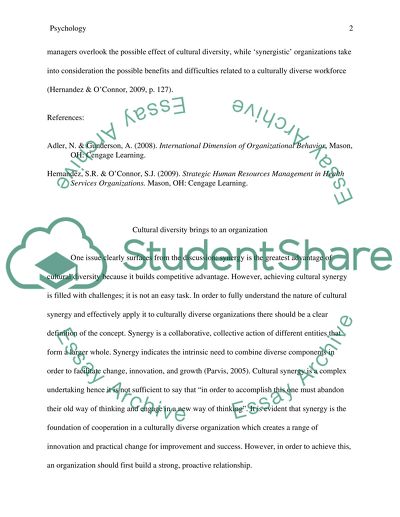Cite this document
(“Culture exists in everything we do Essay Example | Topics and Well Written Essays - 1000 words”, n.d.)
Culture exists in everything we do Essay Example | Topics and Well Written Essays - 1000 words. Retrieved from https://studentshare.org/psychology/1484352-culture-exists-in-everything-we-do
Culture exists in everything we do Essay Example | Topics and Well Written Essays - 1000 words. Retrieved from https://studentshare.org/psychology/1484352-culture-exists-in-everything-we-do
(Culture Exists in Everything We Do Essay Example | Topics and Well Written Essays - 1000 Words)
Culture Exists in Everything We Do Essay Example | Topics and Well Written Essays - 1000 Words. https://studentshare.org/psychology/1484352-culture-exists-in-everything-we-do.
Culture Exists in Everything We Do Essay Example | Topics and Well Written Essays - 1000 Words. https://studentshare.org/psychology/1484352-culture-exists-in-everything-we-do.
“Culture Exists in Everything We Do Essay Example | Topics and Well Written Essays - 1000 Words”, n.d. https://studentshare.org/psychology/1484352-culture-exists-in-everything-we-do.


